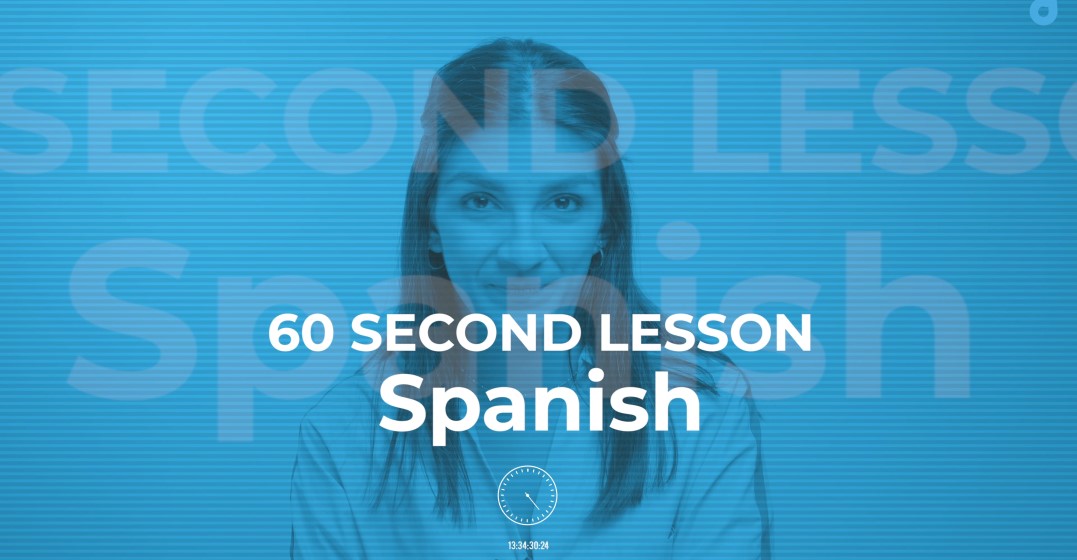by Lingoda Team
Updated on November 4, 2022
Irene, our Spanish expert, is back to go through some Spanish grammar basics. Did you know there’s two ways to say ‘to be’ in Spanish? Today she will explain ‘ser’.
No, “soy milk” is not milk introducing itself in Spanish… I mean, it’s not like milk can speak, but… if milk could speak and it spoke Spanish, then it would say “Soy leche” Just so you know…
However, the point behind this silly joke is the fact that verbs in Spanish change depending on who is the subject.
Yo soy estudiante.
Tú eres inteligente.
Ella es profesora.
But it’s even better because, since the form is always the same for every subject, most of the time you can actually skip the subject altogether and it is still totally clear who you are talking about.
So, instead of “yo soy estudiante”, you can just say “soy estudiante”. Instead of “tú eres inteligente”, you can just say “eres inteligente”, and so on.
That’s what you call being economical with language.
You typically just say the subject when it’s not clear.
For instance: who is the student? You or she? Here you would definitely say “Yo soy estudiante, ella es profesora”.
So, if you mistook soy milk for almond or lactose-free milk, it would probably get offended and say I’m sorry but… “yo soy leche”.
